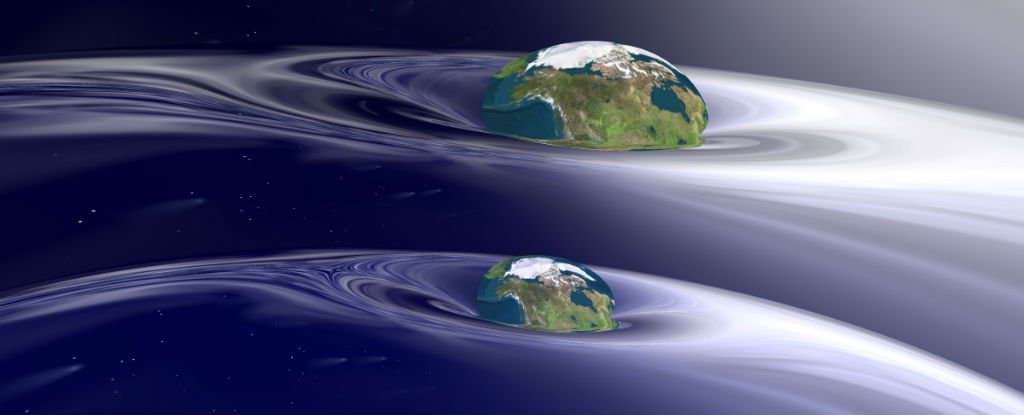Is our universe unique? From science fiction to science fact, there is a proposal out there that suggests that there could be other universes besides our own, where all the choices you made in this life played out in alternate realities. So, instead of turning down that job offer that took you from the United States to China, the alternate universe would show the outcome if you decided to venture to Asia instead.

The idea is pervasive in comic books and movies. For example, in the 2009 "Star Trek" reboot, the premise is that the Kirk and Spock portrayed by Chris Pine and Zachary Quinto are in an alternate timeline apart from the William Shatner and Leonard Nimoy versions of the characters.
The concept is known as a "parallel universe," and is a facet of the astronomical theory of the multiverse. There actually is quite a bit of evidence out there for a multiverse. First, it is useful to understand how our universe is believed to have come to be.
Arguing for a multiverse
Around 13.7 billion years ago, simply speaking, everything we know of in the cosmos was an infinitesimal singularity. Then, according to theBig Bang theory, some unknown trigger caused it to expand and inflate in three-dimensional space. As the immense energy of this initial expansion cooled, light began to shine through. Eventually, the small particles began to form into the larger pieces of matter we know today, such as galaxies, stars and planets.
One big question with this theory is: are we the only universe out there. With our current technology, we are limited to observations within this universe because the universe is curved and we are inside the fishbowl, unable to see the outside of it (if there is an outside.)
There are at least five theories why a multiverse is possible;
We don't know what the shape of space-time is exactly. One prominent theory is that it is flat and goes on forever. This would present the possibility of many universes being out there. But with that topic in mind, it's possible that universes can start repeating themselves. That's because particles can only be put together in so many ways. More about that in a moment.
Another theory for multiple universes comes from "eternal inflation." Based on research from Tufts University cosmologist Alexander Vilenkin, when looking at space-time as a whole, some areas of space stop inflating like the Big Bang inflated our own universe. Others, however, will keep getting larger. So if we picture our own universe as a bubble, it is sitting in a network of bubble universes of space. What's interesting about this theory is the other universes could have very different laws of physics than our own, since they are not linked.
Or perhaps multiple universes can follow the theory of quantum mechanics (how subatomic particles behave), as part of the "daughter universe" theory. If you follow the laws of probability, it suggests that for every outcome that could come from one of your decisions, there would be a range of universes — each of which saw one outcome come to be. So in one universe, you took that job to China. In another, perhaps you were on your way and your plane landed somewhere different, and you decided to stay. And so on.
Another possible avenue is exploring mathematical universes, which, simply put, explain that the structure of mathematics may change depending in which universe you reside. "A mathematical structure is something that you can describe in a way that's completely independent of human baggage," said theory-proposer Max Tegmark of the Massachusetts Institute of Technology, as quoted in the 2012 article. "I really believe that there is this universe out there that can exist independently of me that would continue to exist even if there were no humans."
And last but not least as the idea of parallel universes. To go back to the idea that space-time is flat, the number of possible particle configurations in multiple universes would be limited to 10^10^122 distinct possibilities, to be exact. So, with an infinite number of cosmic patches, the particle arrangements within them must repeat — infinitely many times over. This means there are infinitely many "parallel universes": cosmic patches exactly the same as ours (containing someone exactly like you), as well as patches that differ by just one particle's position, patches that differ by two particles' positions, and so on down to patches that are totally different from ours.
Hi! I am a robot. I just upvoted you! I found similar content that readers might be interested in:
https://www.space.com/32728-parallel-universes.html
Downvoting a post can decrease pending rewards and make it less visible. Common reasons:
Submit